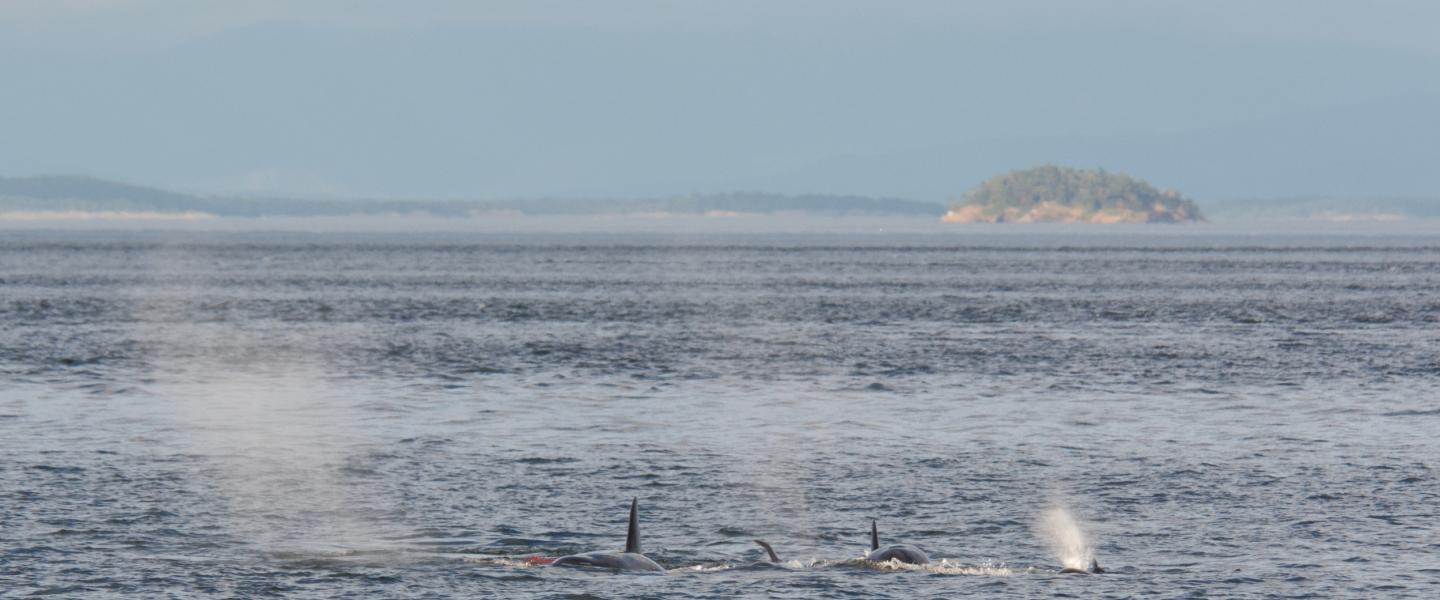
Another one of our brother’s lives was cut all too short today via the jaws of our arch nemesis: Bigg’s killer whales. One moment onlookers were peacefully watching Phil gleefully dining upon a fish, and the next moment a froth of white water and maelstrom of orca bodies dulled his bulging eyes for eternity. Although hopelessly outnumber and with no chance of escape, Phil battled the intimidating band for an impressive twenty-minutes before disappearing below the surface. He was last seen in the vicinity of Port Townsend and is presumed to be consumed.
While the typical Steller’s sea lion can live to the ripe age of 25, Phil will never have that opportunity. Something must be done about this infestation of killer whales, but as you know, collaboration has never been our species' strong suit. Just a few short weeks ago, Phil returned to the Salish Sea after an embarrassingly unsuccessful breeding season on the outer coast of British Columbia. While the lion had a magnanimous demeanor, he never did develop the kind of bodily mass that our harems have come to respect, and so we suspect that Phil’s survivors are slim to none.
The perpetrators of this tragedy clearly relished in the slaughter of Phil. Witnesses blubbered on about the aggressive pummeling that occurred in plain sight of the whale watching boats. One human commented, “The breaches were too numerous to count!” A young whale repeatedly harassed our lion, while the other thugs, including one massive bull, circled and coordinated surprise attacks. Phil’s tan flippers were seen flailing on the surface many times before the melee was over.
The International Committee for the Defense of Sea Lions (ICDSL) reminds our brethren to be vigilant while fishing in these waters. If you’re approached by a young killer whale, be ready to defend your left and right flanks, and also above and below, behind and in front.
Stay tuned for the eulogy of Phil’s fish.
Andrew Munson
Naturalist
M/V Sea Lion
San Juan Safaris